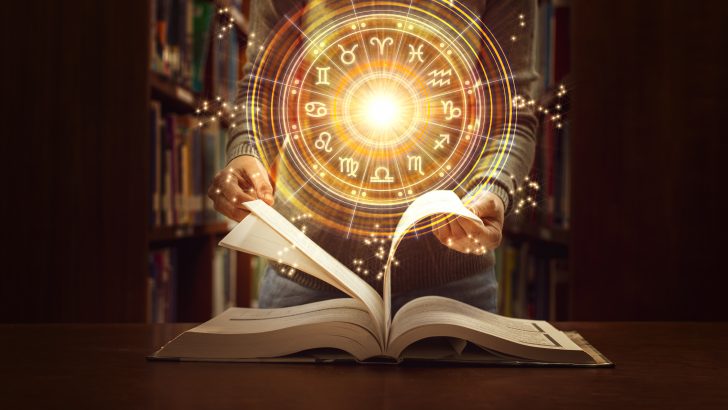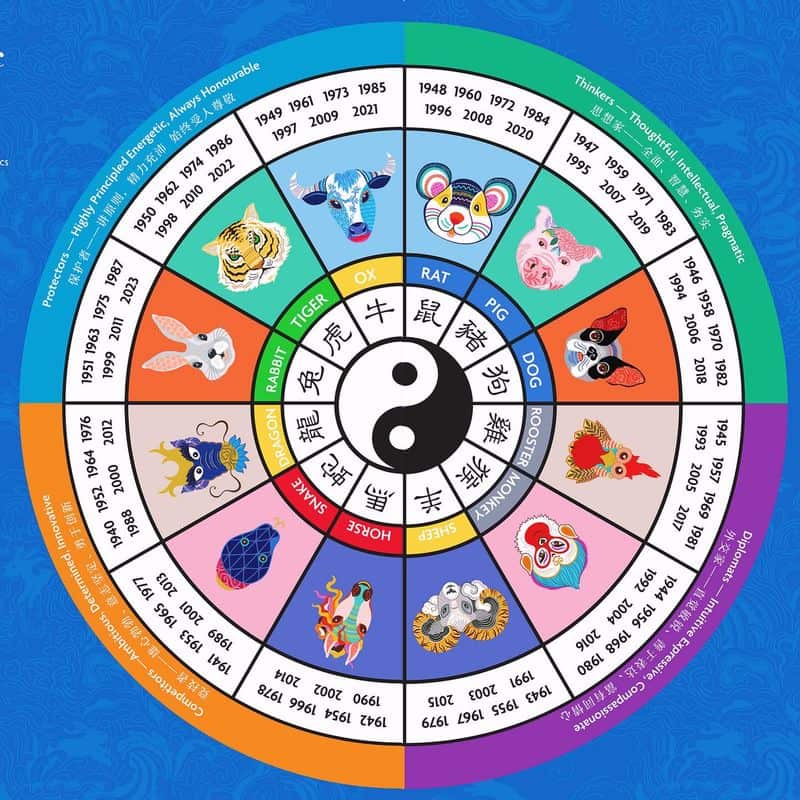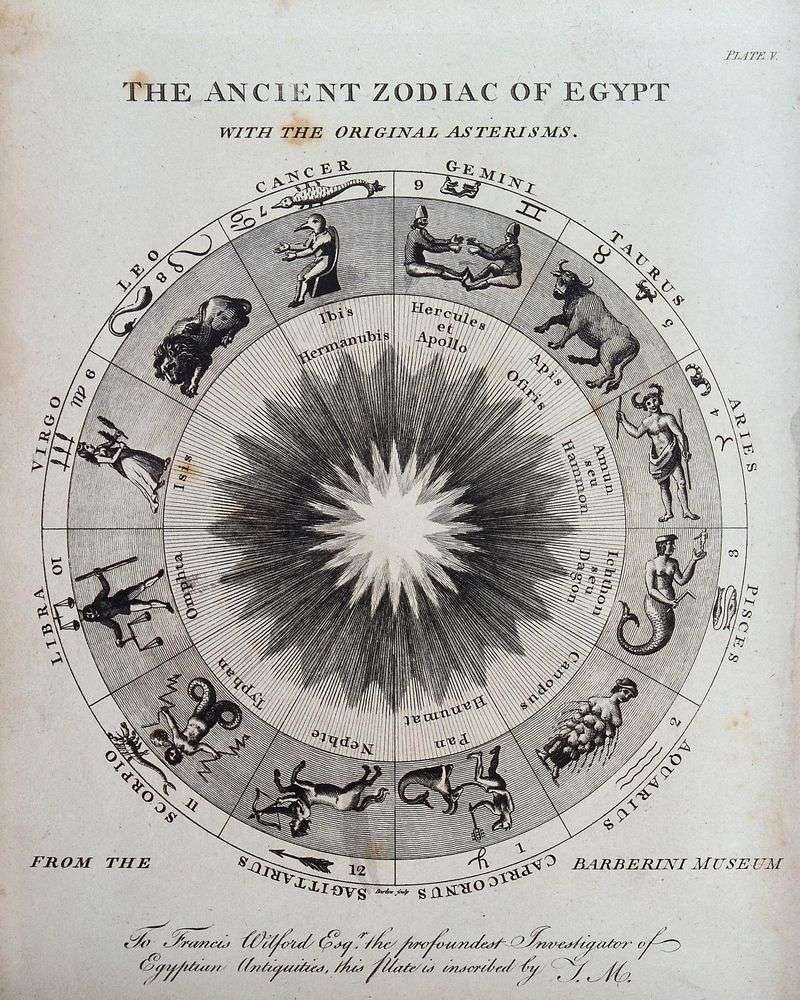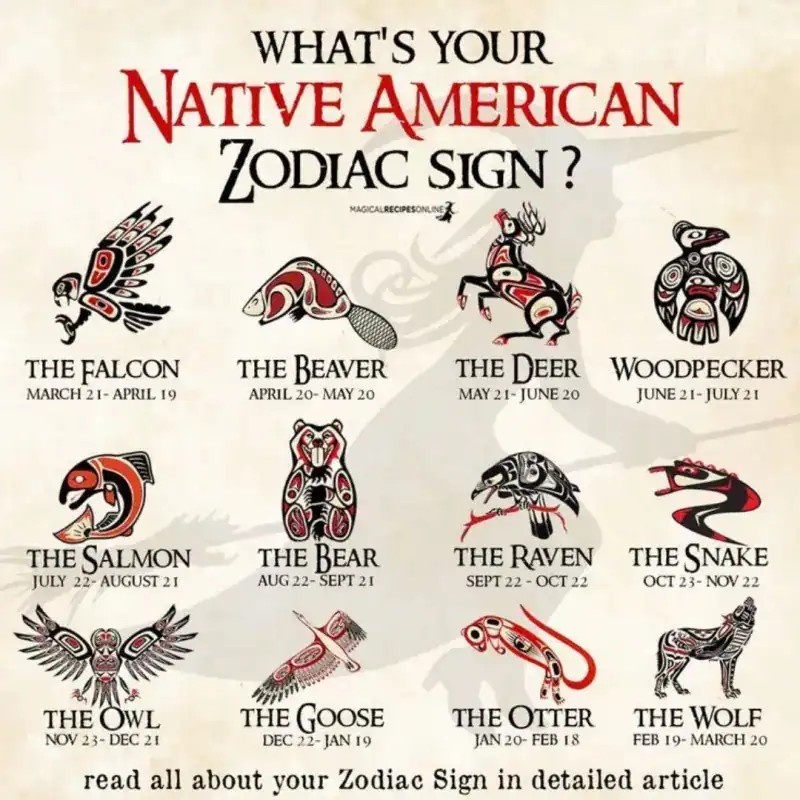Stars have fascinated humans for thousands of years, leading to different ways of reading the sky across cultures.
People around the world created their own special star maps and meanings based on their beliefs and surroundings.
From animals to elements, these astrological systems tell us a lot about how different cultures see the universe and our place in it.
Let’s explore how people from various corners of the world look to the stars for guidance.
1. Zodiac Animal Showdown: Chinese vs Western Traditions
Ever wondered why your Chinese zodiac sign is a dragon while your Western sign is a fish? That’s because these two popular systems couldn’t be more different! Chinese astrology runs on a 12-year cycle with each year ruled by an animal like the mischievous Monkey or the stubborn Ox.
Meanwhile, Western astrology divides the year into 12 monthly signs based on constellations. The funniest part? Your “sign” might change depending on which system you use! A fierce Leo in Western astrology might be a gentle Rabbit in Chinese tradition.
Fun fact: Chinese astrology also adds five elements (wood, fire, earth, metal, water) to the mix, creating a 60-year super-cycle that makes Western astrology’s yearly horoscopes seem downright impatient!
2. Vedic Astrology: When Your Birthday Doesn’t Match Your Sign
Imagine celebrating your birthday as a proud Gemini for years, only to discover you’re actually a Taurus according to Indian astrologers! Vedic astrology, India’s ancient star-reading system, uses the actual positions of stars rather than fixed dates, shifting most people’s signs backward by almost a month.
Indians take their birth charts seriously, consulting astrologers before marriages, job changes, or even choosing baby names. The 27 lunar mansions (nakshatras) add another layer of cosmic personality profiling.
Most amusing is the remedy system – wearing specific gemstones or reciting mantras to pacify angry planets. Got Mercury problems? Try wearing an emerald on Wednesday while eating green vegetables!
3. Mayan Calendar Madness: The Zodiac That Predicted Doomsday
Remember when everyone panicked about the world ending in 2012? We can thank Mayan astrology for that global freak-out! These ancient Central Americans created a mind-bogglingly complex calendar system that tracked cosmic cycles with astonishing precision – without computers or even telescopes.
Unlike our boring 12 signs, the Maya had 20 day signs including quirky characters like Jaguar, Monkey, and my personal favorite, “Earthquake.” Born on an Earthquake day? Congratulations, you’re destined to shake things up!
What makes Mayan astrology truly wild is their concept of time – interlocking cycles within cycles, creating patterns that repeat every 5,125 years. No wonder they seemed to predict the end of time – they were just marking the reset button!
4. Egyptian Star Gazers: When Your Zodiac Sign Is a Beetle
Long before horoscope apps, ancient Egyptians were reading the stars with style. Their zodiac featured some creatures you won’t find in modern astrology columns – like the sacred dung beetle (Scarab) representing rebirth and transformation. Imagine telling your friends, “Sorry I’m late, such a typical Dung Beetle thing to do!”
Egyptians divided their year into three seasons based on the Nile’s flooding cycles. Your personality and fate depended not just on stars but on which phase of the river’s life-giving rhythm you were born under.
The real kicker? Egyptian astrologers were often priests who doubled as astronomers, mathematicians, and doctors. Talk about a cosmic career path – these ancient star readers were the original multi-tasking influencers!
5. Cosmic Cowboys: Native American Star Wisdom
While most zodiac systems focus on when you were born, many Native American tribes cared more about where you were facing! Different tribes developed unique systems where your birth direction (north, south, east, west) connected you to spirit animals like Bear, Eagle, Wolf, or Buffalo.
The Hopi had a wonderfully practical approach – they watched how stars aligned with the landscape to know when to plant corn or hold ceremonies. No daily horoscope needed when the Big Dipper tells you it’s farming time!
Most delightful is how some tribes saw constellations as celestial stories. What Greeks saw as Orion the hunter, the Lakota saw as a hand of a chief. Same stars, completely different cosmic picture – proving that even the universe looks different depending on your cultural viewpoint!






